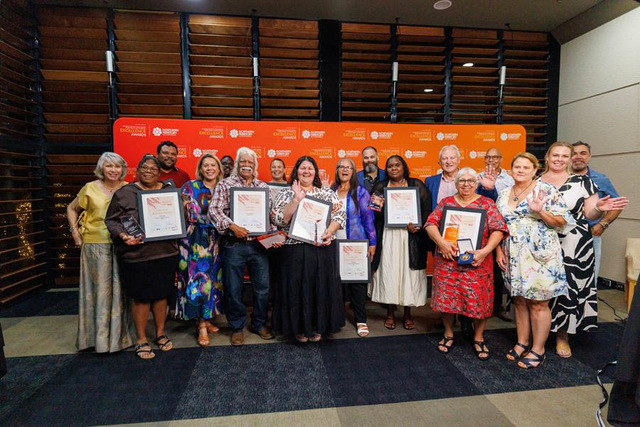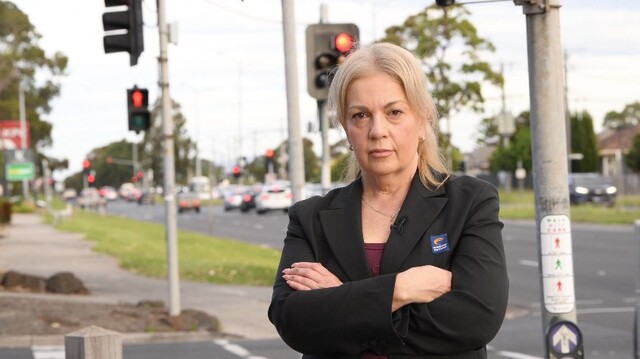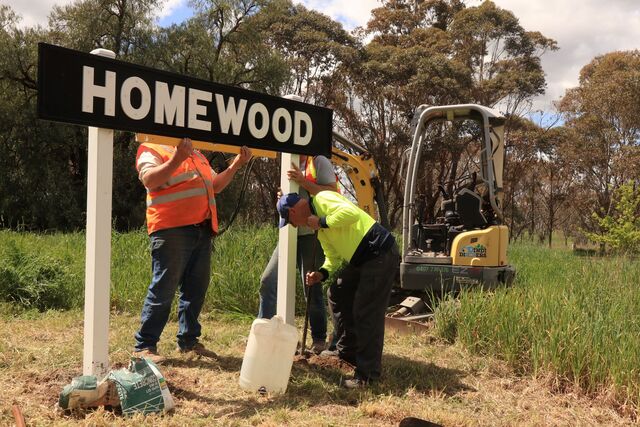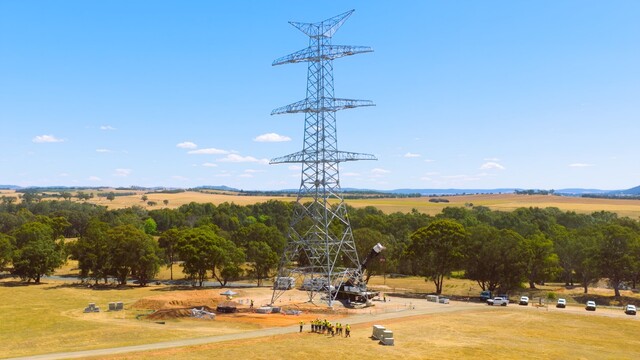A focus on sustainable grazing and riparian management along an 11km reach of the Logan River will bring long-term whole-of-catchment benefits such as improved water quality in the river and Moreton Bay.
Logan City Council and South East Queensland (SEQ) Catchments trialled a targeted engagement program to build stewardship and best practice land management among landowners.
Parks, Health, Environment and Sustainability Committee Chairperson, Councillor Trevina Schwarz, said a variety of land uses, including grazing, horse husbandry and peri-urban lifestyle blocks, were represented on the reach.
“There were also important river management challenges such as bank erosion.
“After approaching the landholders along the section in the Chambers Flat and Stockleigh areas, we had 20 volunteers participate in property management planning.
“We then surveyed them about their perceived values and issues and also their preferred options for rehabilitation and ongoing management, before assessing the riparian conditions of their properties and developing action plans in consultation with SEQ Catchments staff.”
Cr Schwarz said the action plans aimed to improve the condition, resilience and connectivity of native vegetation within and adjacent to the project area while addressing landholder priorities.
“The action plans will achieve immediate improvements on individual properties and have longer-term outcomes in the river.
“Two landholders further volunteered to serve as demonstration properties to deliver some of the actions recommended in their property management plans and this improved their riparian conditions from a ‘C’ to a ‘B’ grading.
“Seventy landholders attended a property management field day held on one of the demonstration properties, and for many of them, it was the first time they had gathered with their neighbours to discuss shared priorities and solutions.
“Pleasingly, there is support for the management of the riparian corridor to be a joint effort between landowners and government to support both property management and waterway health outcomes.”
Key learnings from the engagement and property management planning process have been collated to enable comparisons between different landholders and the identification of trends.
This will inform ongoing city-wide engagement and underpin the development of future incentives and landholder partnerships in support of Logan’s Rivers and Wetlands Recovery Plan 2014–2024.








